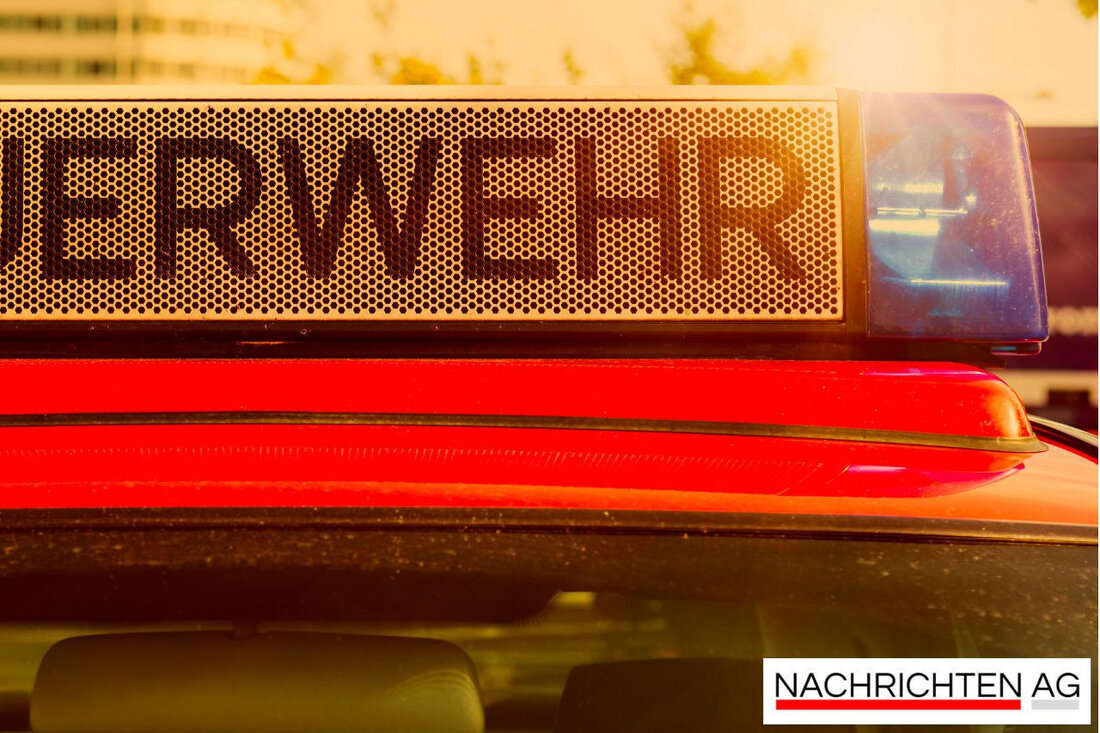Cologne in a state of emergency: largest evacuation since 1945 due to bombs!
Cologne in a state of emergency: largest evacuation since 1945 due to bombs!
On June 4, 2025, the largest evacuation occurred in Cologne since the end of the Second World War. The trigger was the find of three American bombs from the war that were discovered in the Deutz district. More than 20,000 people were forced to leave their apartments, while a safety radius of 1000 meters was set up around the site, in which only the ordnance disposal service was allowed to work. The measures for evacuation began at 8 a.m. and included street closures and checks as to whether all apartments were empty. This was supported by the Cologne fire brigade, which coordinated the evacuation together with the regulatory office.
In addition to private living sites,were also particularly affected. Several important facilities. These included the Eduardus Hospital, two old people's and nursing homes as well as numerous museums and the RTL broadcasting center, which temporarily sends from Cologne-Ossendorf and Berlin. Events such as the appearance of the comedian Tedros "Teddy" Teclebrhan in the Lanxess Arena and a concert by the WDR symphony orchestra had to be canceled. Colonities in the historic town hall took place in the Porz district, which caused a total of 15 couples to reschedule their wedding.
safety precautions and traffic disruptions
The evacuation extended over several hours and required the evacuation of a large part of Cologne city center. The Hohenzollern, Deutzer and Severinsbrücke, which were blocked, were also particularly affected. Long -distance trains could still drive, but did not stop at the Cologne Messe/Deutz stop. Shipping on the Rhine was also discontinued and airspace was blocked over the area.
A large number of public transport was affected by the measures. Six hours after the first deletion of the buildings and the evacuation break, the residents were asked to leave their apartments. Meanwhile, the ordnance disposal service also defused the bombs found, which included two 20-centers bombs and a 10-hundredweight bomb, all of which were provided with service tiders. There was already the first indication of the danger when a polishing came across the suspicious object at around 4 p.m.
after evacuation
After the bomb was defused, many residents were able to return to their homes. Nevertheless, the road closures remained for the time being until the defused bombs were recovered and removed with a crane. Public transport was restored after completion of the security measures and a shuttle service brought those affected back to their apartments. In addition, sick or handicapped people were brought home with patient transports. Deposits in the gymnasium of the Humboldtstraße vocational college offered a secure retreat for the people concerned during the evacuation.
summarized over 20,000 people on this day. The city of Cologne experienced a real ghost city through the evacuation measures that took place at night and early morning. The need for such measures illustrates the persistent danger of world war relics in Germany, since around 1,500 to 2000 bombs are found annually, of which around 200 large calibers are. The reporting on the incident was accompanied by various media, including the WDR with special editions.
For further information and updates of numerous events, reference is made to the reports of the news providers: op-online , Tagesschau and WDR .
| Details | |
|---|---|
| Ort | Köln, Deutschland |
| Quellen | |


Kommentare (0)